In 2018, I hiked more than 1,500 km (930miles) of long-distance trails in 3 countries in less than 6 months.
When I announced this plan to my family and friends, most of them could not fathom why I would want to do such a thing – especially since many people struggle to meet the 10,000 steps/day recommended for improved health. Admittedly, most of my loved ones are not hikers, but even my more outdoorsy friends raised an eyebrow at the idea.
Everyone was familiar with the fact that I’d done a few long-distance treks previously. They knew I’d traveled to Chilean Patagonia in 2015 to tick the 8-day Torres del Paine Circuit off my bucket list. They’d heard all about my 10 days above 13780ft on the Huayhuash Circuit Trek in Peru, and how that had pipped Antarctica for best experience of 2016. They had listened to me wax lyrically about the 12-day Unplugged Wilderness trek in East Greenland in 2017 – my #1 activity for that year. They could not believe the stories from the 8-day Southern Patagonia Icefield Expedition in Argentina at the start of 2018 – by far the most challenging hike I’ve done.

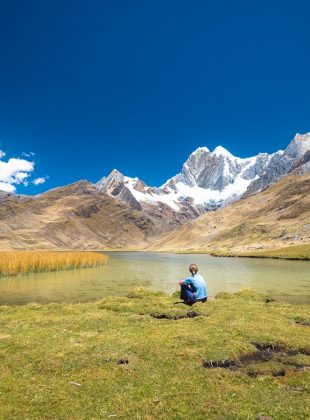
And although they could appreciate (from their arm-chair) the beautiful places I’d seen, the questions they kept asking me were: “Why put yourself through that? Why not just stick with day-hikes?”
Don’t get me wrong. I love day hikes, and I’ve done too many of them to count over the past 3 years of full-time travel. But for me, long-distance trekking offers something much more powerful and essential in our fast-paced world.
It offers a true escape.
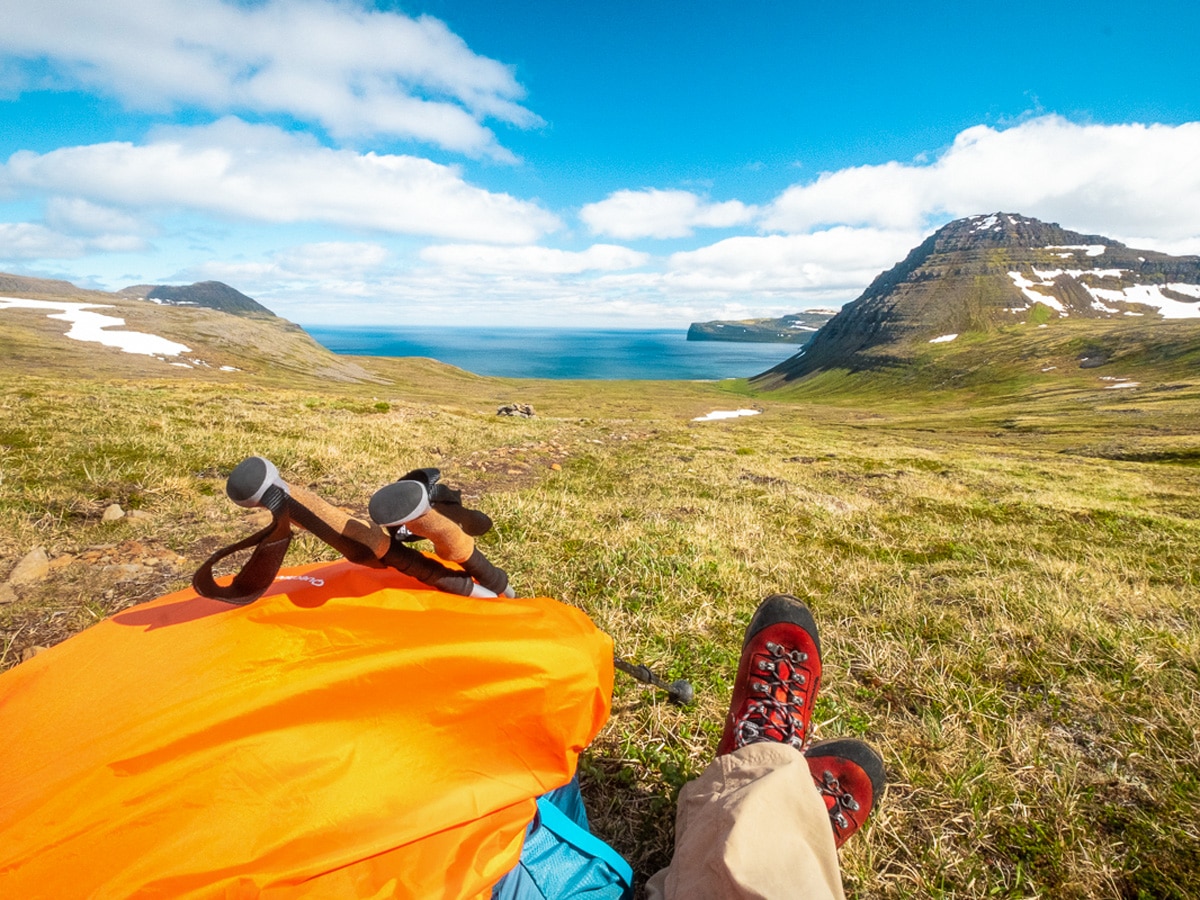
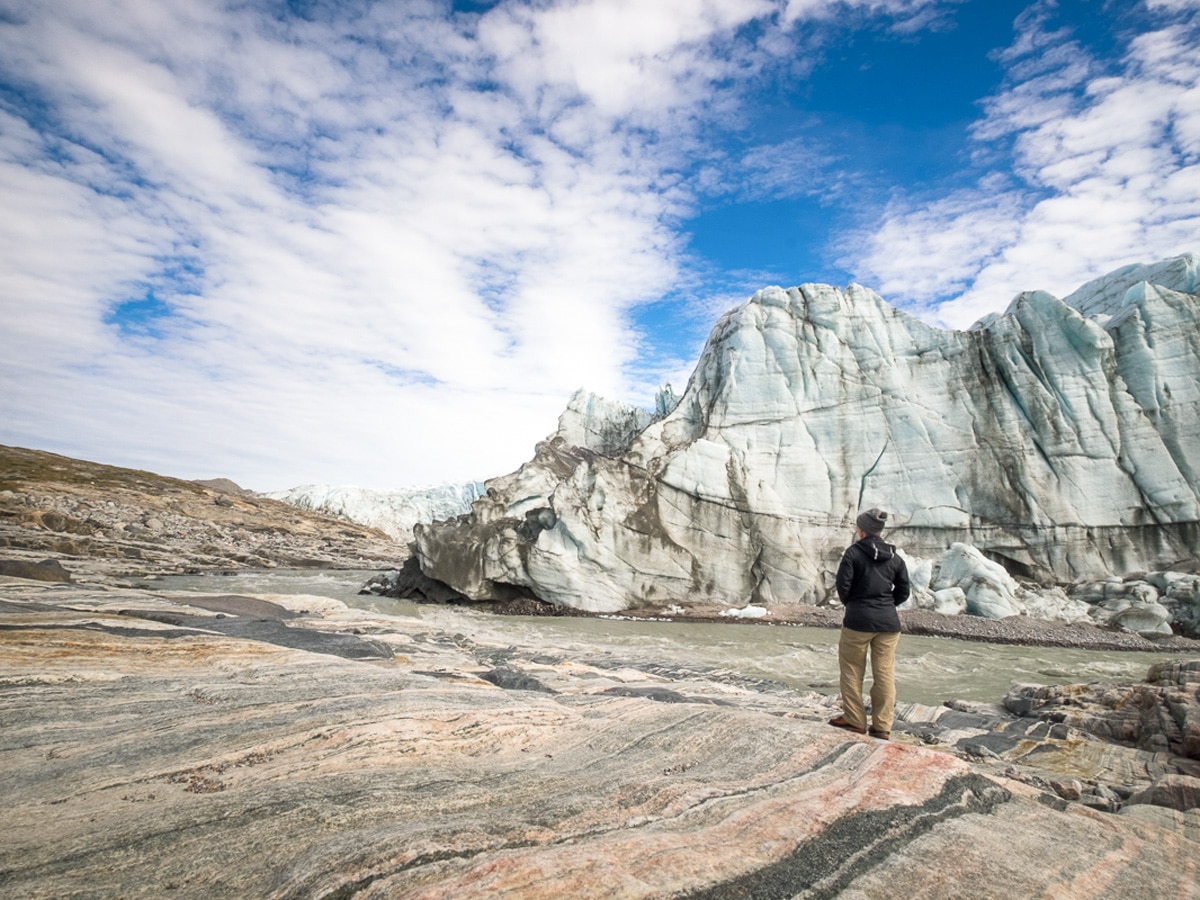
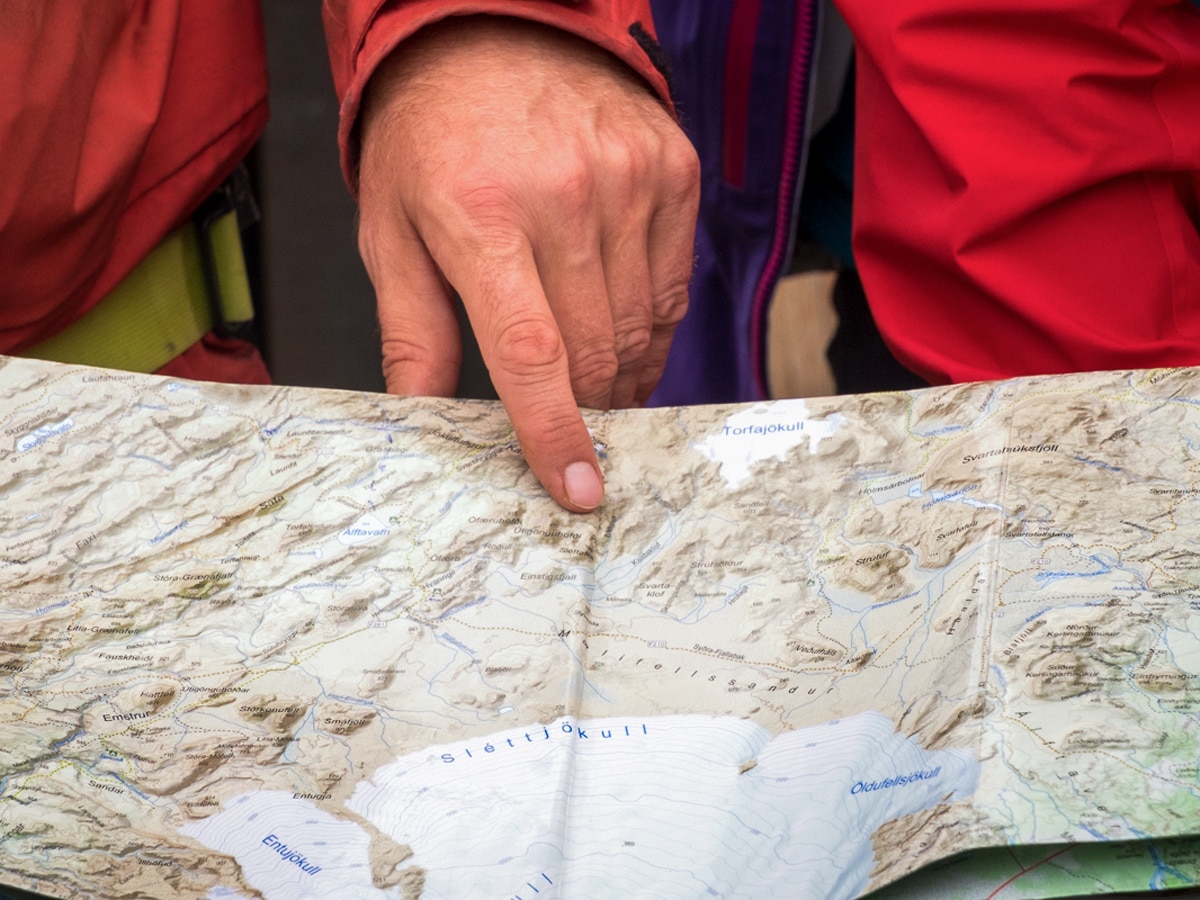
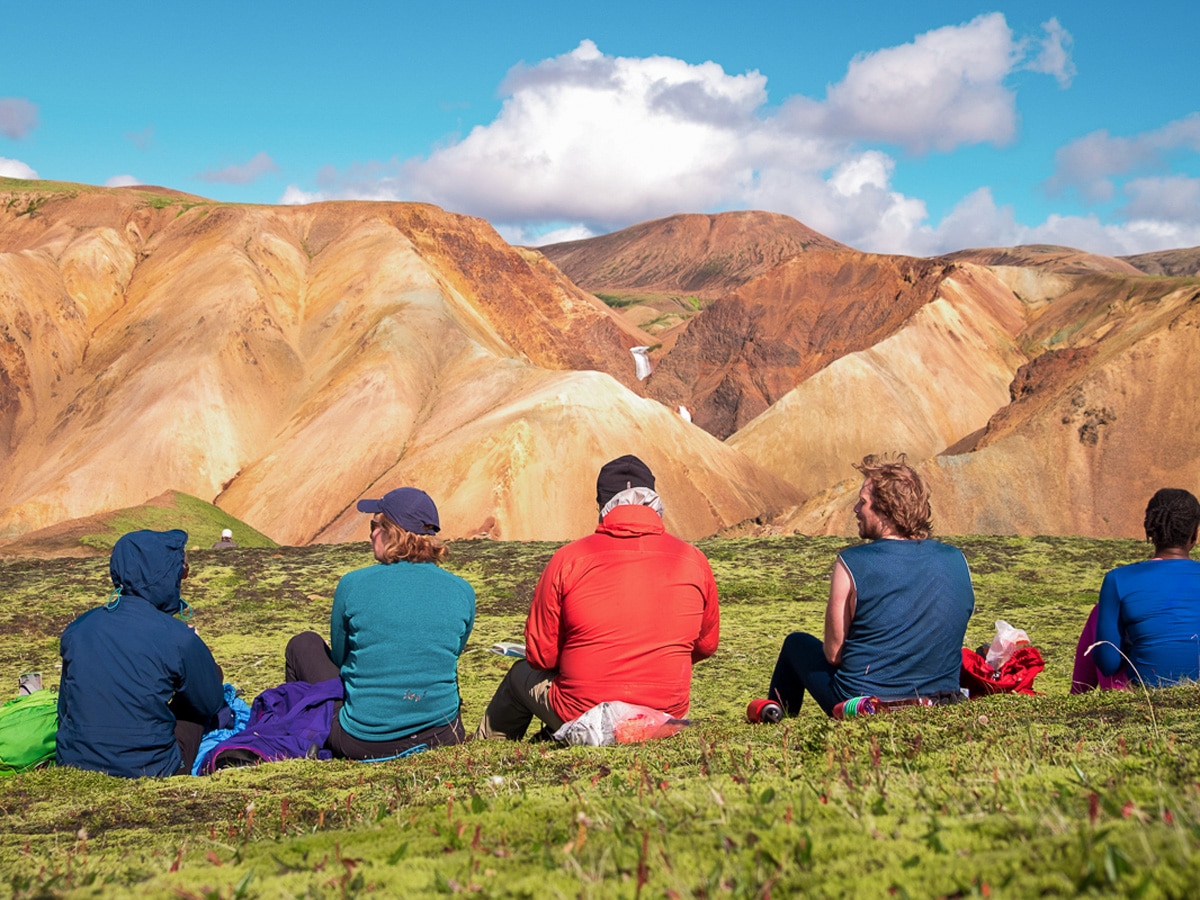
Day hikes are necessarily located close to towns or cities. This (usually) means that you have cell phone reception throughout the hike, and I can’t count the number of times I’ve seen hikers on their phones while half-way up a mountain. In our hyper-connected world, it takes a lot of willpower to leave the phone at home, something that is made even more difficult as the device does double-duty as a camera for many people.
Multi-day hikes can force you to unplug as they have the potential to take you beyond the reach of cell phone coverage. Although it does depend on where you are, there are still plenty of places in the world where you can escape the constant pings of modern life. And after a day of uselessly checking your now-silent phone, you start to let go of the stresses in your “real life” and truly relax in the embrace of nature.
I know of no better stress reduction technique.
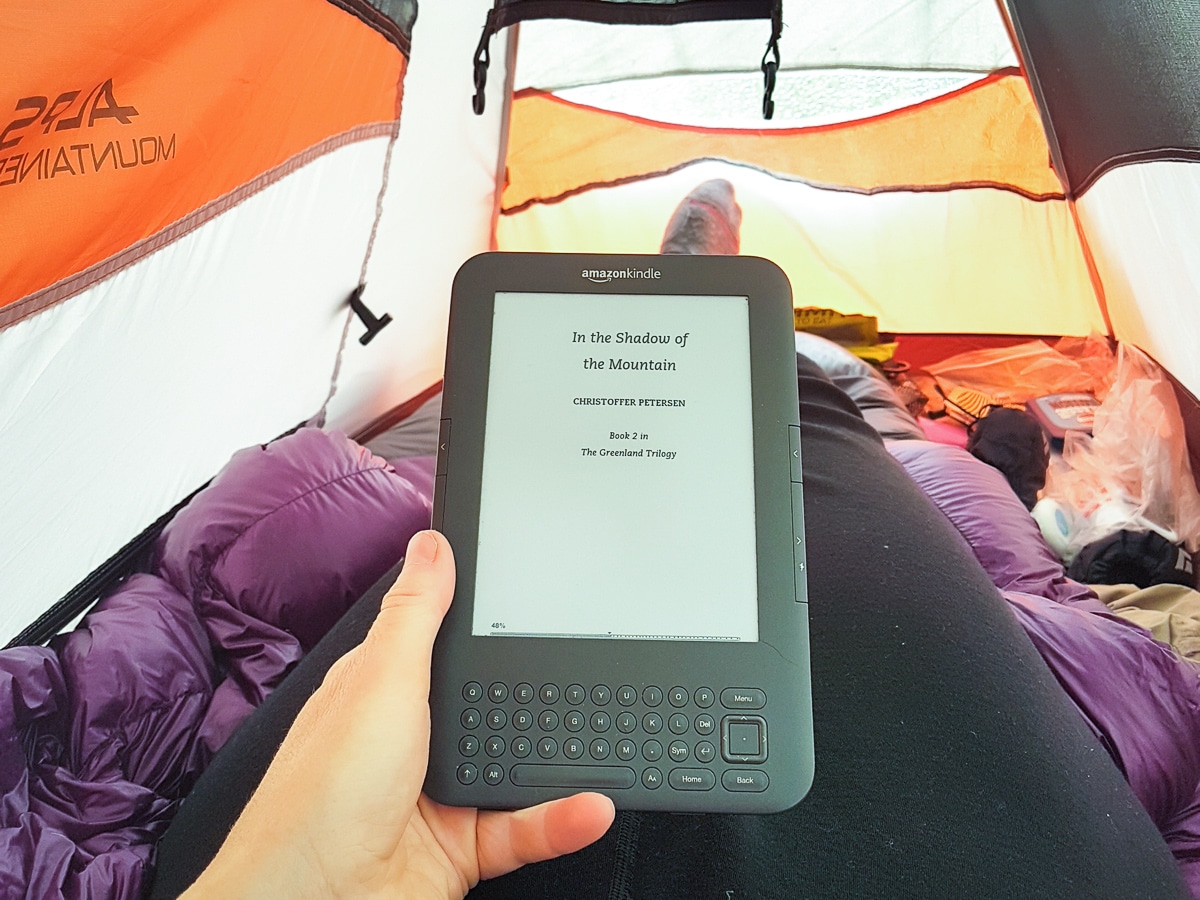
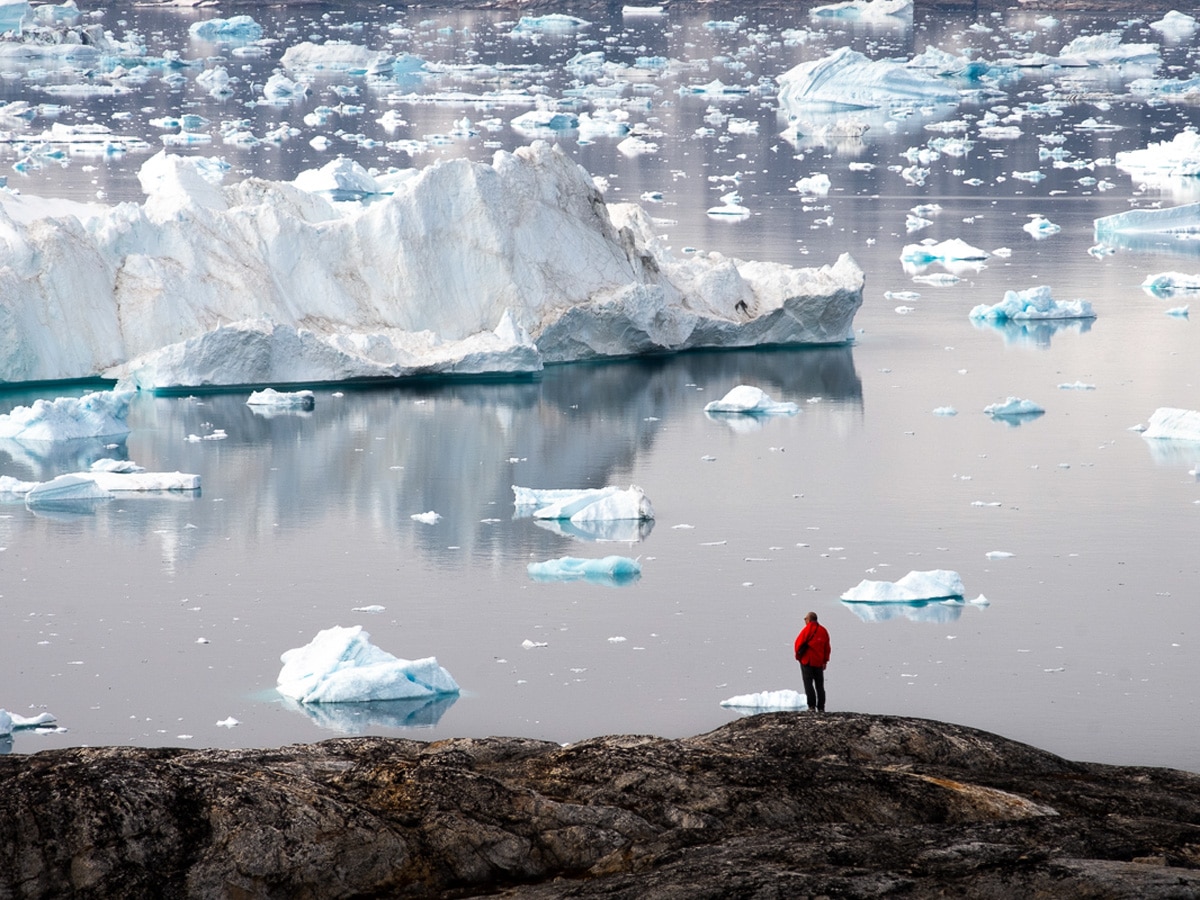
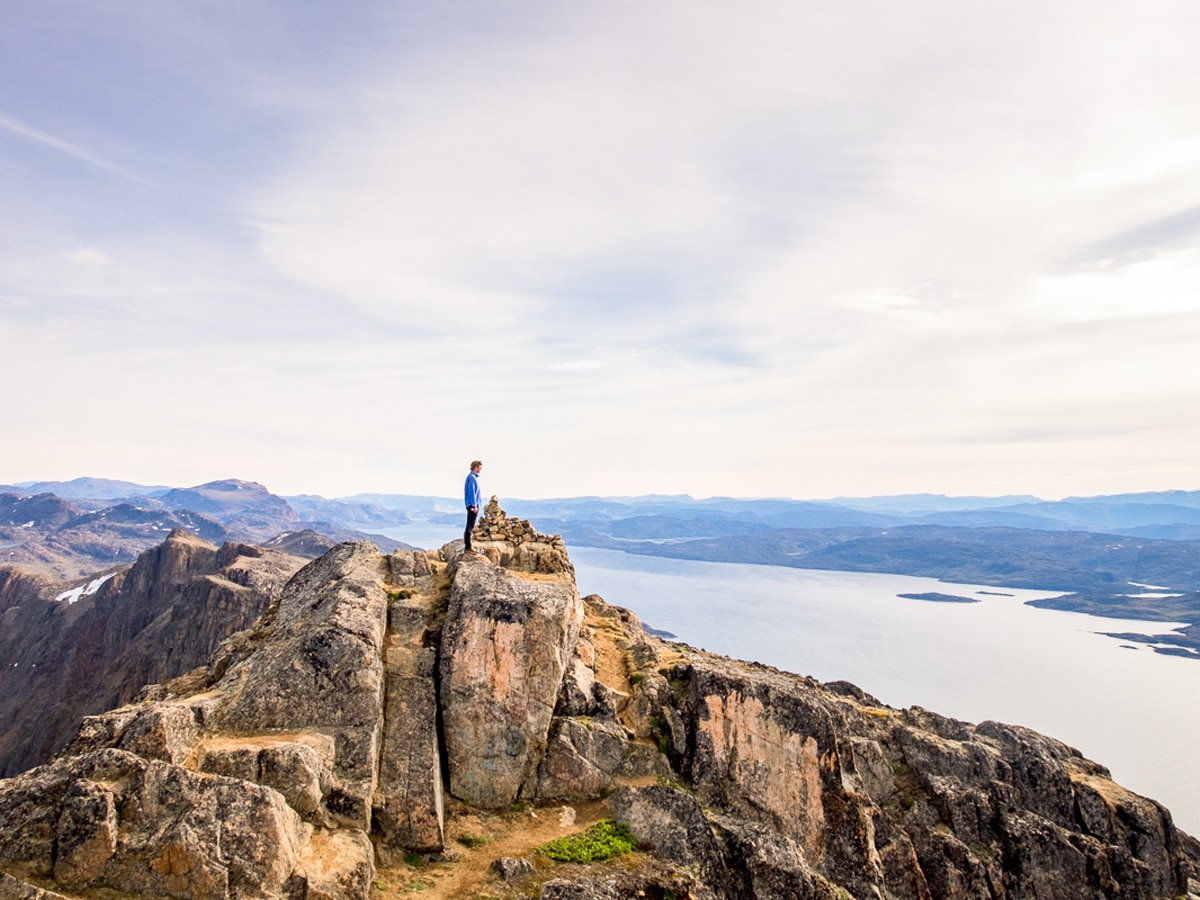
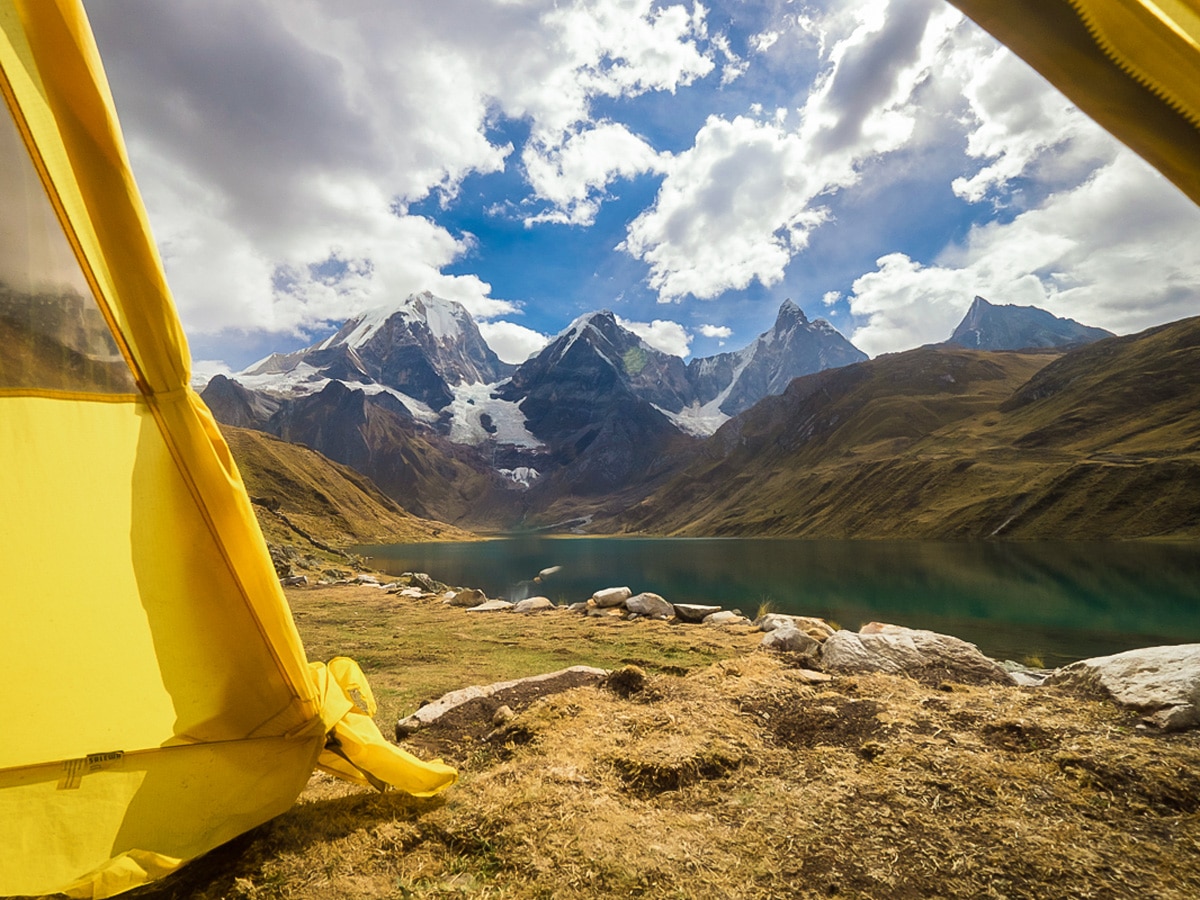
In a modern world with seemingly infinite choice, decision fatigue is a reality. When the supposedly simple act of ordering a cup of coffee from your local barista requires you to choose from 3 different sizes, at least 5 different styles of preparation, 4 different types of milk and whether you want to add sugar or another sweetener (or not), is there really any wonder that we sometimes feel like a deer caught in the headlights – paralyzed by the plethora of options put before us?
While day hikes allow you to escape this world of choice for a few hours, long-distance hiking really gives you a break from making decisions. This reduces the level of the hormone cortisol coursing through your bloodstream, again lowering stress levels.
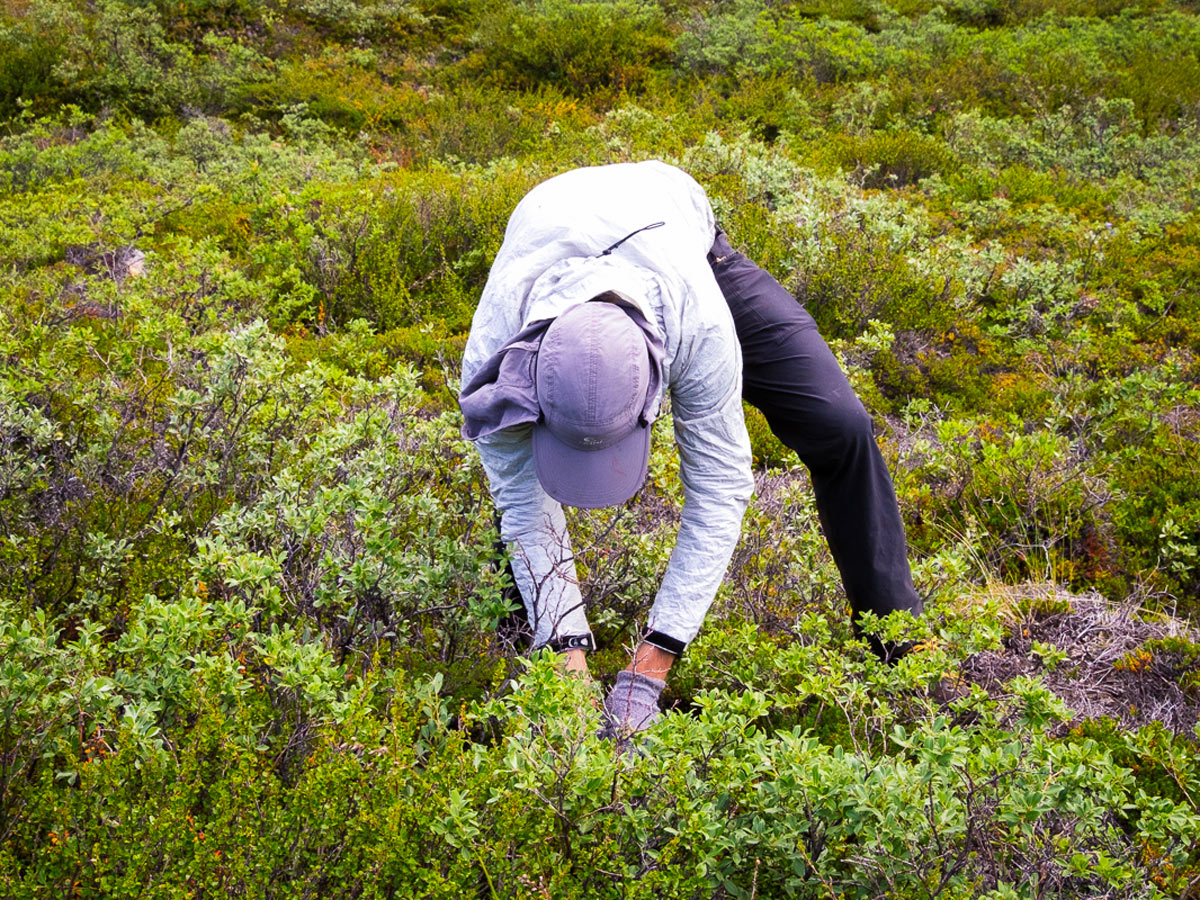

What to wear? Probably exactly the same thing as yesterday given it’s not that dirty and will just get sweaty again anyway. What to eat? Hmmm… well, I only packed porridge for breakfast, so I guess I’ll be eating that.
Given the limited space in your backpack, you’ve already made most of the decisions for your trek while deciding what to bring with you. The choices that remain (whether to add or remove layers of clothing, whether to take a side trip up that interesting looking hill, whether to remove your shoes to cross the river) are limited questions that can be usually answered with a simple “yes” or “no”. When you boil it down, the only complicated decisions left to make while out on your multi-day hike are when and where to stop and pitch your tent at the end of the day. And if you are doing a hut-to-hut hike, even those decisions are already taken care of!
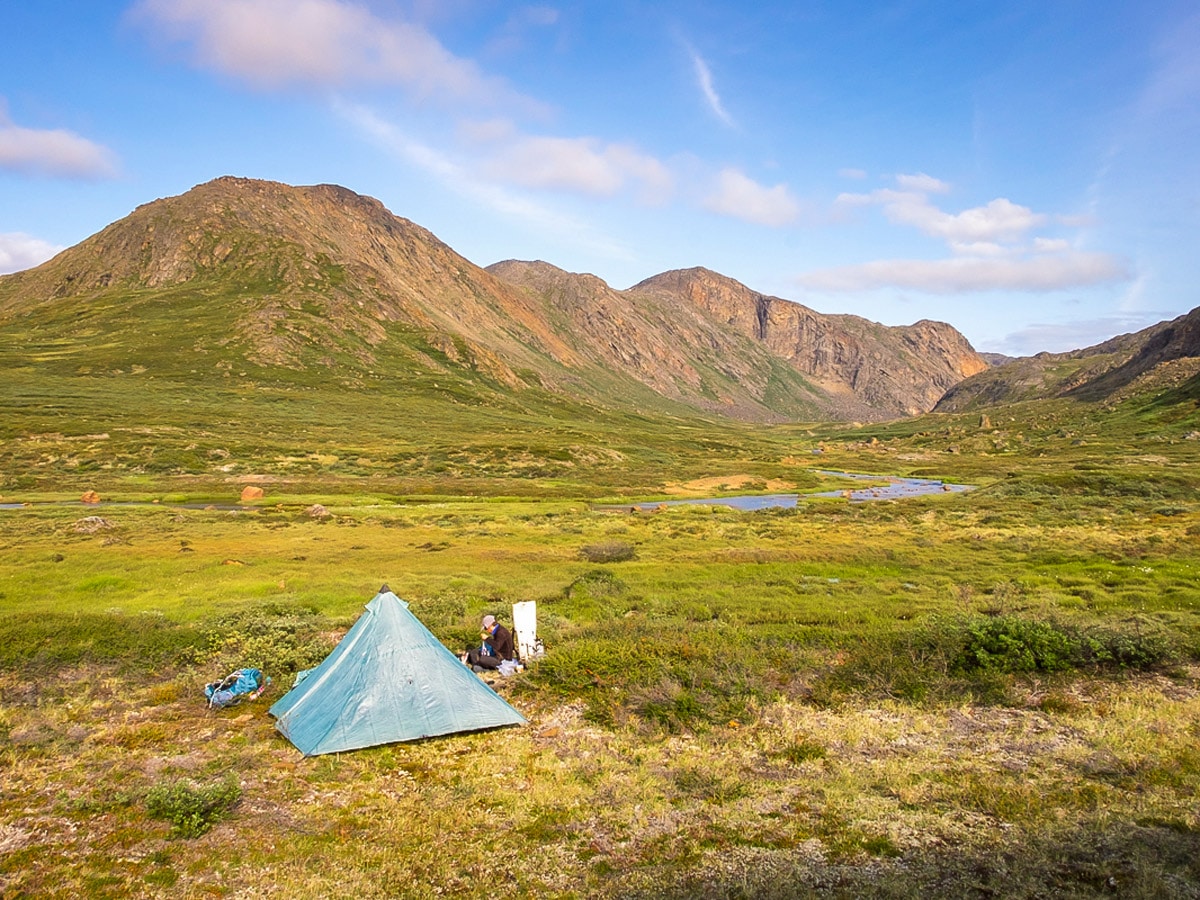

“There are no showers?” “You wear the same clothes for days on end?” “You went to bed at 7:30pm?” These are some of the common exclamations I hear when I talk about my long-distance trekking experiences.
One of the beautiful things about even the simplest multi-day hike is that you can escape the pressure to perform many of the small daily rituals that our society has decided are “normal”. I’m not talking about the big things that allow our communities to function, but rather the small, insignificant things that only affect the individual and have no impact on others.
Do you really need to shower every day? While there may be no showers on a long-distance hike, there are usually streams or lakes. Taking a dip in a natural watercourse is yet another way to get back to nature, dissolve stress, and reinvigorate your senses. Alternatively, a top and tail with some wet-wipes (which you pack out with you of course) is more than sufficient for several days, and makes you appreciate the simple luxury of a hot shower once you get home.
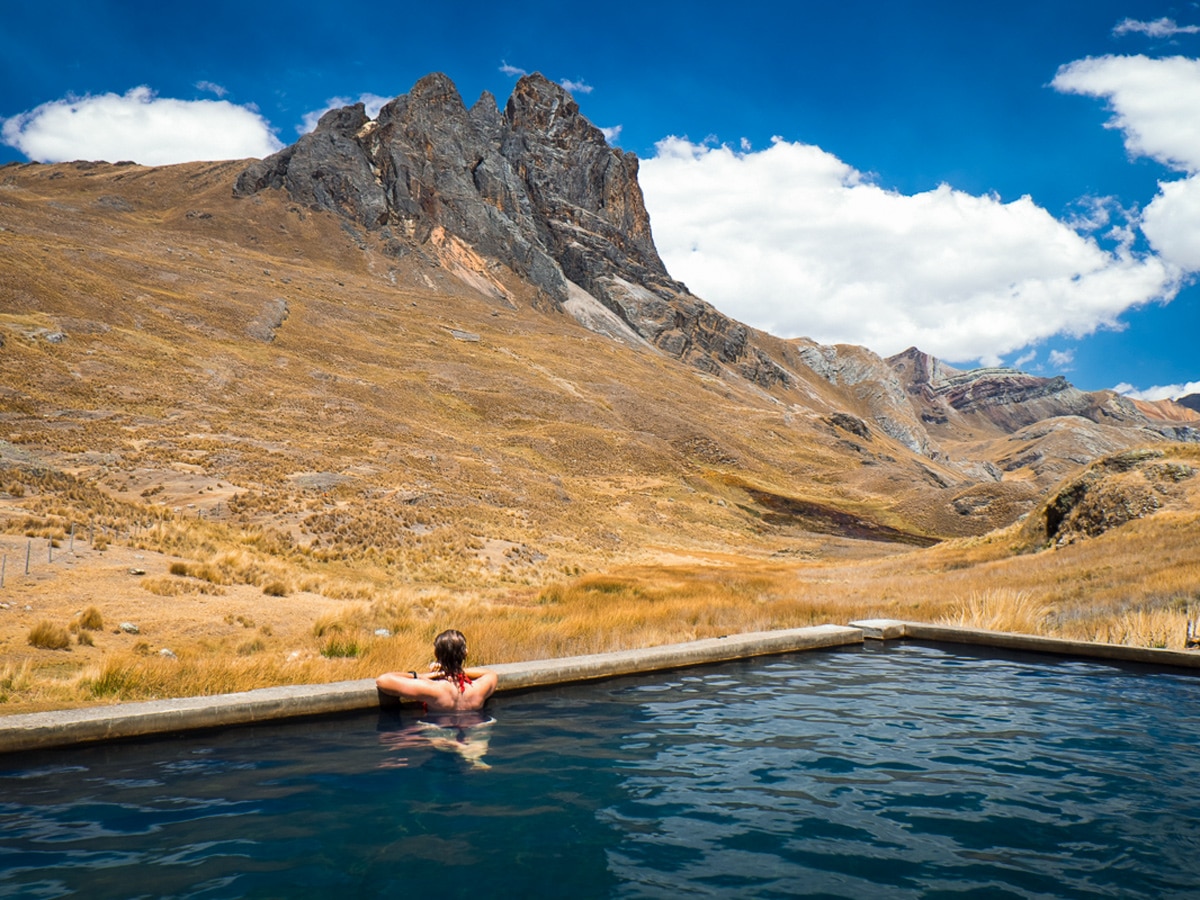

Do you really need to change your clothes every day? There is absolutely nothing wrong with wearing the same clothes over and over again, especially while out hiking. In reality, clothes are rarely truly disgusting after only one day (or even several days) of use, and even if they do get dirtier than normal while out in the backcountry, does it really matter? A set of clothes to hike in, a couple of changes of quick-dry underwear (one on, one washed and drying on the back of your pack), and a second set of fresh clothes to change into once you reach camp, should be all you need for many long-distance hikes. It is all that I carry on my hikes, and my trekking companions have never complained. And I’ve shared some very small tents!

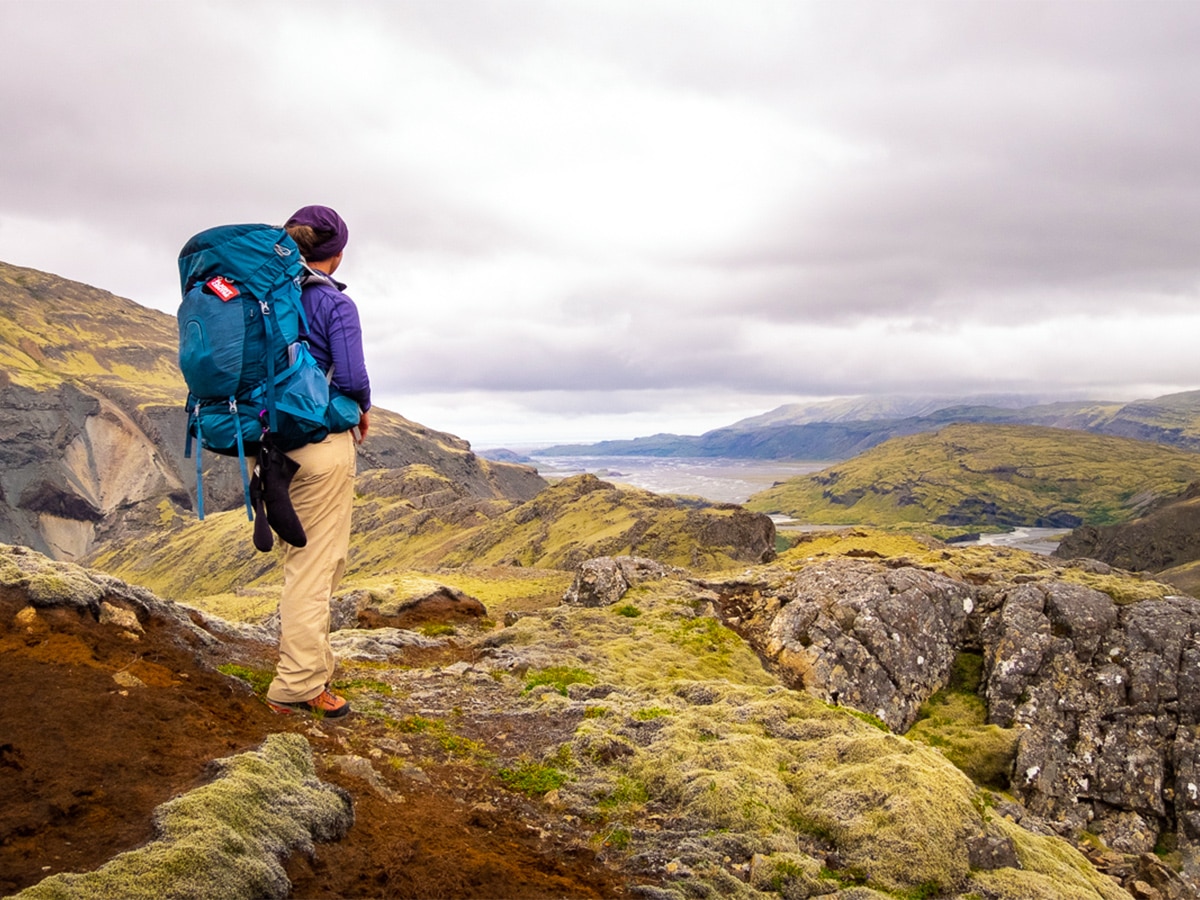
Is it really a bad thing to go to bed early? When out on the trail. it is the most natural thing in the world to reset your body clock according to the rhythm of nature. If it is dark at 7:30pm and you are tired after hiking more than 12.4mi, why would you force yourself to stay up later?
This opportunity to ignore some of the more arbitrary cultural “norms” is one of the great escapes offered by long-distance hiking. Taking care of the environment, looking out for others, and following expectations that regulate our interactions with things around us are, of course, non-negotiable. But letting go of everything else and living according to what your body tells you and what makes sense given limited resources, is very liberating. After all, who is going to judge? Your trekking companions are likely doing the same thing!
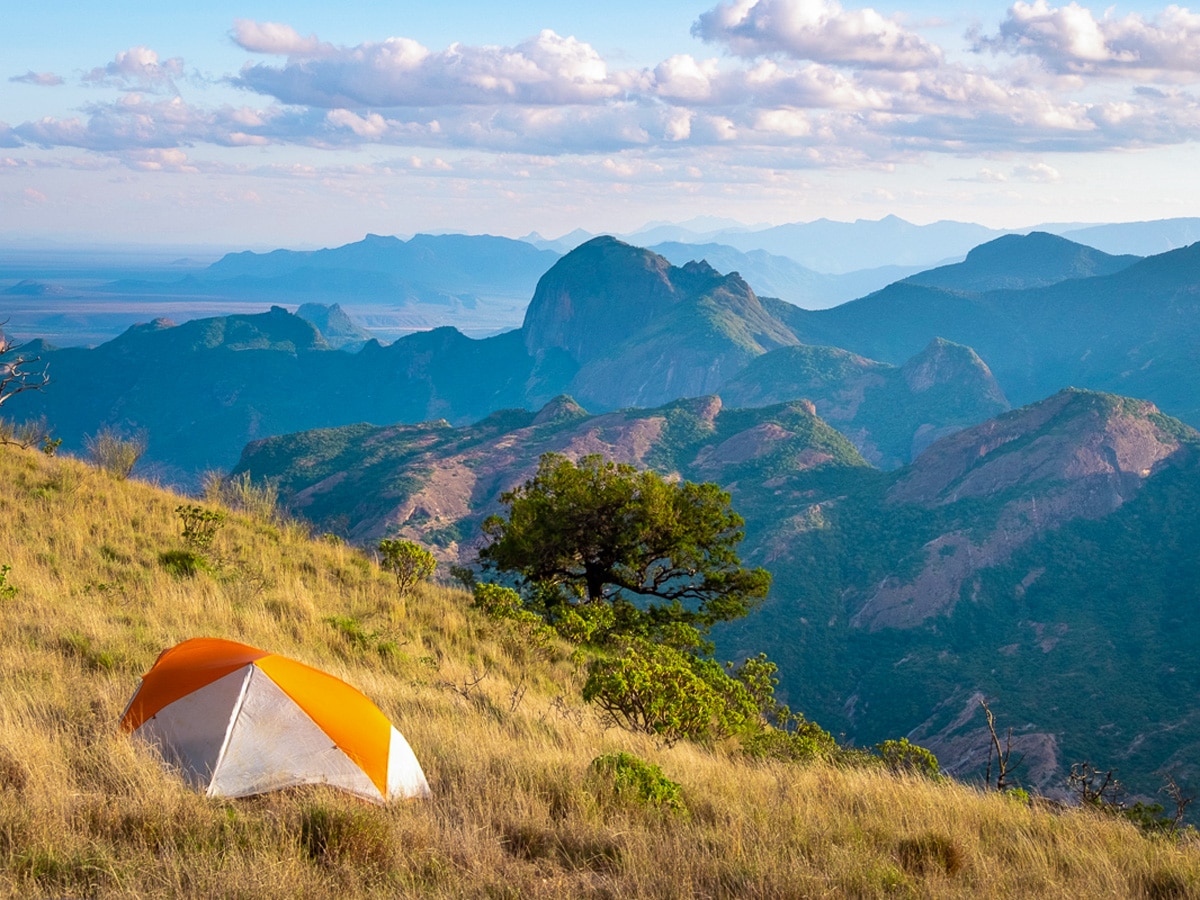
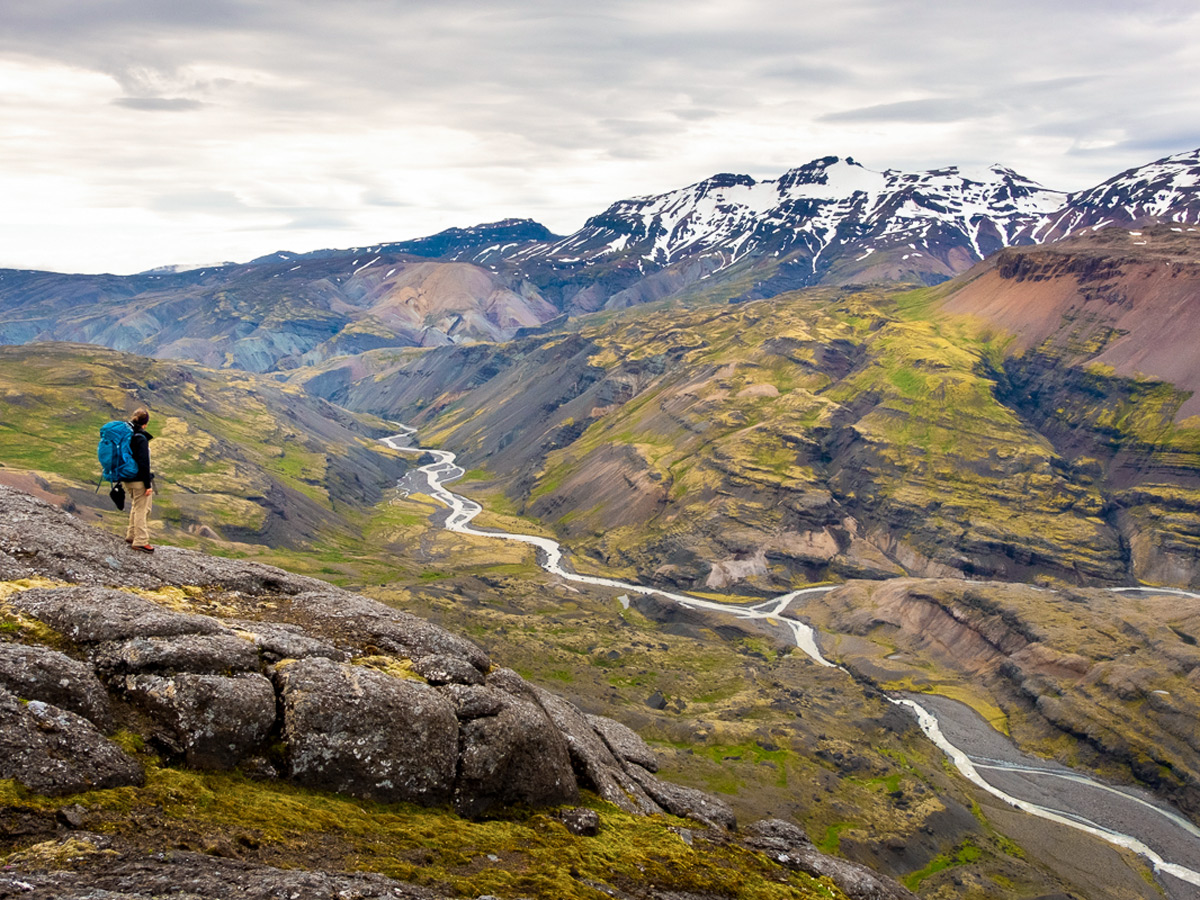
We are conditioned for comfort and unconsciously steered by the habits we’ve picked up over the years. Unfortunately, it is notoriously difficult to take a step back and assess whether these things serve us well or not, unless we remove ourselves from our daily routine and force ourselves out of our comfort zone.
By taking “time out” with a long-distance hike, we have a rare opportunity to explore what truly matters to us and discover what our minds and bodies are capable of when taken beyond their comfortable limits. Carrying only what is strictly necessary, strips away the creature comforts we are so accustomed to in our daily life (hello French press coffee) and encourages us to consider just how essential these things are for when we return home. Walking for several hours a day laden with everything we need to survive gives us a glimpse of what our bodies are capable of, without the need to hire expensive personal trainers and join an overpriced gym.
I have uncovered remarkable insights about how I want to live my life, and pushed my body far beyond what I would ever have thought possible, on multi-day hikes over the past couple of years. Being out in the wilderness for an extended period of time makes room for such mental and physical explorations (there are not too many other distractions) and almost always returns us home with the edges of our comfort zone redefined.
This is important. And potentially life changing.
I know it certainly changed mine!



Comments